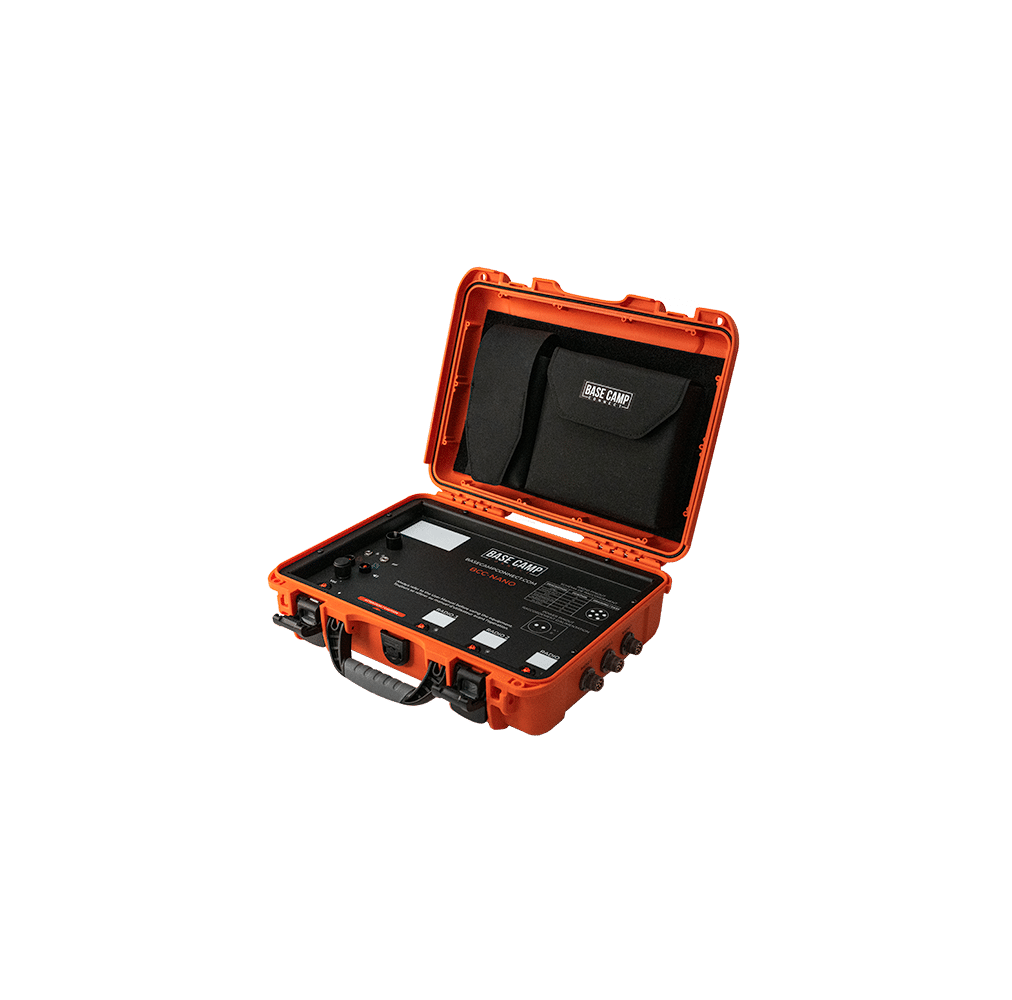Since the birth of radio in the 1890s, there have been many technological advancements that have progressed the science of radio communications. From frequency modulation in 1933 to digital radio in 1995, innovation has expanded the benefits and capabilities of radios in ways Marconi could have only imagined. Artificial Intelligence (AI) is the latest innovation that promises to launch the field of radio communications to new heights.
While it is impossible to foretell the future, the bringing together of radio technology and AI is on track to transform radio communications from the ground up. As we have seen in countless other applications, when AI is applied to existing technologies, the results can be revolutionary.
Imagine a world where AI combined with existing radio technology leads to enhanced signal processing, improved clarity and noise reduction, and more reliable communication channels. Additionally, AI could affect systems dependent on radio communications. For example, AI could significantly improve emergency response systems, facilitating faster and more accurate communication during disasters and potentially saving lives. Let’s explore in greater detail some of the potential ways AI can help shape the future of radio communications.
Smart Frequency Management
As a licensed commercial drone pilot, the remote I use to fly my drone operates between 2.4GHz and 5.8GHz. When I am around a lot of interference from devices like microwave ovens, cordless phones, and Bluetooth devices, I notice I have signal issues, particularly at 2.4GHz. Thankfully, the remote for my drone automatically switches to 5.8GHz. Just like my remote can prioritize which frequency is best, AI has the potential to do this for the entire radio spectrum.
In the United States, the Federal Communications Commission (FCC) is responsible for frequency bands between 8.3 kHz and 275 GHz. As the radio spectrum continues to become more congested, managing radio communications is becoming a more challenging task. In recent years wireless devices, for example, are rapidly congesting the spectrum.

AI is the perfect solution for tackling smart frequency management. The algorithms that direct AI can analyze usage patterns and detect when certain areas of the radio spectrum are becoming degraded and even make predictions on when this will occur in the future. By quickly processing this data, AI can make recommendations on how to better manage the system. Ultimately this will lead to a more efficient radio networks.
Enhanced Signal Processing
Traditional methods of signal processing have limitations. Signal processing techniques sometimes struggle to cope with the noise and interference seen throughout the radio spectrum. Using sophisticated algorithms and machine learning, AI has the potential to go beyond current limitations.
AI algorithms can adapt to the complexity of the radio spectrum and the devices using it. More efficient AI-based methods of signal processing can have greater success at filtering out noise and delivering greater clarity. Improved clarity could be the difference that saves lives in emergencies or makes military operations more successful.
Cognitive Radio
As communications channels become more congested, it is becoming clear that our current systems are not the best at optimizing channel usage. Since the late 1990s, the idea of cognitive radio has been applied to correct this problem. While significant improvements have been made, spectrum availability continues to be a challenge. Cognitive radio allows devices to scan for available channels within the wireless spectrum. It then adjusts transmission parameters in real-time to ensure optimal network performance.

When AI is added to this technology, cognitive radios can begin to learn more about the environment they are operating in. Imagine your radio constantly collecting data, analyzing it, learning from it, and making decisions on what frequencies are the best to use for a given situation. And, imagine all of this happening without any human intervention. The result would be more efficient communications and a more resilient and adaptable communications network.
Emergency Response Optimization
Since 2012, Base Camp Connect has provided reliable emergency communications systems where resilience and mission continuity are critical. Having reliable communications in emergencies is often the difference between people living and dying. During my tours of war in Iraq and Afghanistan, we would talk about the golden hour. If we could get an injured person medical care within 60 minutes there was an excellent chance they would survive. Without reliable communications, getting someone MEDEVAC-ed within the golden hour would have been impossible.
AI can take emergency communication systems and optimize them, even in chaotic environments like natural disasters or combat. For example, by predicting where networks will become congested during these events, AI can prioritize the flow of more pressing matters, like a MEDEVAC, through communication channels and keep less time-sensitive information from congesting the network.

Network Optimization
One of the challenges facing networks is how to optimize routing and topology to enhance performance. Humans can make decisions related to design and function, but the complexity of radio networks requires speed and computational skills beyond what people are capable of. AI algorithms and machine learning are more than capable of handling this task.
When bottlenecks occur, the network will slow down and efficiency with decline. By studying traffic patterns on a network, AI can predict bottlenecks before they happen and make changes as needed to prevent congestion. By doing this, networks become more efficient and can handle large amounts of data with minimal latency.
Interference Mitigation
One of the greatest causes of degraded signal quality is when too many devices compete for bandwidth. This is especially true in areas where there are lots of devices competing for space on the network, such as in urban environments. If you have ever lived in an apartment complex with shared WiFi think of the difference between using the network while most people are at work compared to after the work day is over.
Interference mitigation techniques are vital to prevent radio communications from degrading. Current methods include training operators when to switch between various channels, using RF filters to attenuate adjacent channel traffic, and encouraging courteous operating procedures. While these methods help improve the situation, AI can take interference mitigation even further.
By continuously monitoring the traffic on radio networks, AI can detect signals that are causing interference in real-time. Thanks to AI’s complex series of advanced algorithms, it can analyze the nature of the interference and adjust the parameters of the radio or network to negate the effects of the interference without the end users even knowing there is an issue. Decisions such as switching channels, adjusting transmission power, or modulation schemes can be made by AI, ensuring radio communication remains clear and reliable.

Integrating AI and radio technology is only in its infancy, but it promises to bring about profound changes in radio communications. AI-based innovations related to radio technology will increase speed, improve reliability, and expand the capabilities of everything from handheld radios to massive networks.
Since the 1890s, radio technology has grown significantly. As AI begins to integrate with radio technology, one can only imagine what will come in the next hundred years of innovation. Smart frequency management, enhanced signal processing, cognitive radios, emergency response optimization, network optimization, and interference management are just a few areas where AI can have a meaningful impact in the field. One thing is for certain: further integration of AI and radio technology is heralding a bright future for the space.















